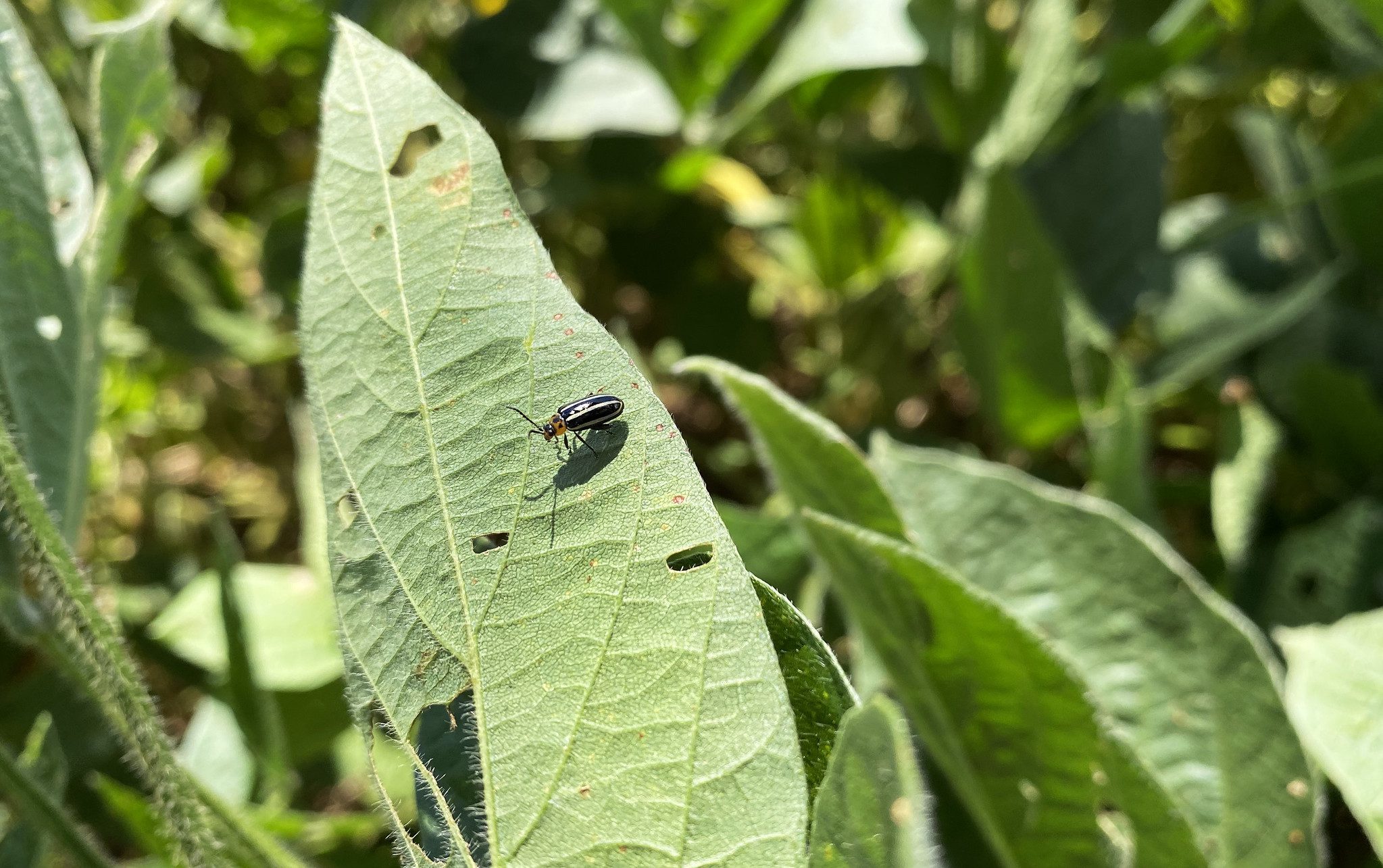Farming

Pesticides can help in crop production, however, people need to understand when to use and when not to use pesticides. The correct use of pesticides begins long before people use a treatment for a pest. Often times a crop has already been destroyed, or managing a secondary pest will not help the main crop, and pesticides are not needed.
Pest Categories
Before attempting to manage a pest, make sure you have correctly identified the cause of the problem. Often times, people see the large or showy secondary pest on a plant and do not see the tiny primary pest. Before taking any action, it is important to correctly identify the primary pest that is causing the problem and become familiar with its life cycle and habits. Misidentification can cost time and money. The major pest categories include the following:
- weeds
- invertebrates
- vertebrates
- plant diseases
Weeds can be defined simply as a plant that is out of place. Invertebrates include insects, spiders, mites, snails, and slugs. Vertebrates include birds, snakes, and rodents. Plant diseases include fungi, bacteria, and viruses. Professionals use the word pesticide to describe products used to manage pests. The common pesticides are insecticides, fungicides, and herbicides, but many other pesticides are available.
Integrated Pest Management
Integrated Pest Management (IPM) is using a combination of methods to manage pests. These methods may include host resistance, biological, cultural, mechanical, sanitation, and chemical management strategies.
- Host resistance is probably one of the easier methods for managing pests. It does not work in all cases, but some varieties are more resistant to certain pests. Some examples could be planting a tomato-spotted-wilt-resistant tomato, a scab-resistant pecan, or virus-resistant squash.
- One insect feeding on another insect–such as a lacewing feeding on an aphid–is an example of biological control. A pesticide applicator needs to think about the harm to beneficial insects before applying pesticides.
- Cultural practices include a change in the environment. Examples of cultural practices include changing a planting date, changing a fertilization practice, crop rotation, cultivation, mowing, mulching, and irrigation.
- Mechanical control involves the use of traps, barriers, lights, electricity, etc.
- A good sanitation practice could be removing the food, water, or shelter of a pest.
- Chemical control is a part of IPM, and in many cases is the one that costs the most money and requires the most time.
Economic Threshold
As part of pest management, a farm, turf, or landscape manager needs to think about the economic threshold and economic injury level. The economic threshold is the point where pest populations are high enough that some type of management is necessary to prevent economic loss. For some sites–such as a golf course, park, or ornamental garden–management may be necessary to prevent an aesthetic loss. Would you use chemical control if you had one weed in the field or one fire ant mound in the turf? What about 10 weeds? How about 15 fire ant mounds? Different sites may have a different economic threshold. Fifty weeds in a large vegetable field would not warrant any additional management, but someone may do something about the 50 weeds in a landscape. One fire ant mound in a lawn may not be a problem, however one mound on an athletic field would be managed as fast as possible.
Economic Injury Level
The economic injury level has been reached when the cost of treatment is not worth the return. It is not a good economic choice to spend more money on a crop than the crop is worth. A farmer needs to know where the economic threshold and economic injury level is before making management decisions.
Conclusion
Before using pesticides, practice IPM, determine if pesticides are the best choice, read the label carefully, and use safety precautions found on the label. Contact your your county’s Extension office for more information on the use of pesticides.

